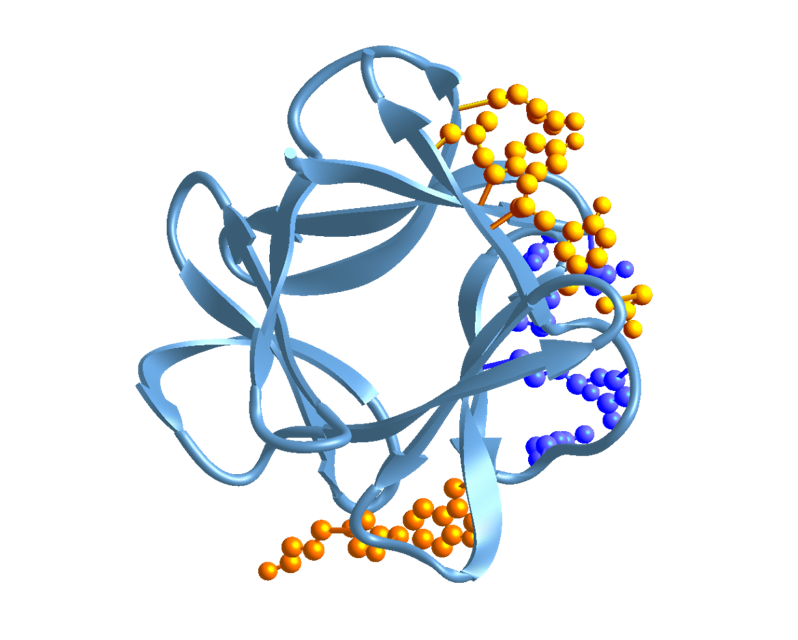
The Healing Begins with Angiogenesis

What is Angiogenesis?
Angiogenesis is the growth of new capillary blood vessels. It is a natural process. When we cut ourselves, angiogenic growth factors in our bodies are released which stimulate the growth of new blood vessels in the injured tissues. When a person has coronary artery disease, that person’s body will use growth factors to grow new blood vessels to help the heart’s circulation. Angiogenesis occurs throughout your life, beginning in utero and continuing through old age. No metabolically active tissue in the body is more than a few hundred micrometers from a blood capillary. Capillaries are needed in all tissues for diffusion exchange of nutrients and metabolites.
How Does Angiogenesis Heal the Body?
Angiogenesis is always occurring in the human body when there has been an acute injury. However, we believe that when there are chronic conditions such as atherosclerosis that cause the blood flow to slowly diminish over time, the body does not receive a strong enough signal to send growth factors to start the process. Therapeutic angiogenesis is the clinical procedure in which a growth factor is injected into parts of the body that need more blood vessels and blood flow, such as a diseased heart or peripheral artery disease or wounds.
Angiogenesis-based medicine is the use of natural growth factors found in our bodies to stimulate the process of new vessel growth in under-perfused organs or tissues. The growth factor is injected or infused into the body, or topically applied. Therapeutic angiogenesis stimulates new blood vessel growth only where it is needed. Therapeutic angiogenesis may even help to regenerate damaged or lost tissues in ways that were previously considered impossible, such as with nerves and brain tissue.
According to the Angiogenesis Foundation in Cambridge, MA, over 70 human diseases have been linked to a lack of blood perfusion.
Some of the conditions that are caused by poor blood perfusion:
- Amyotrophic Lateral Sclerosis (ALS)
- Peripheral Artery Disease (PAD)
- Heart Disease and Stroke
- Small Vessel Disease
- Angina
- Parkinson's Disease
- Multiple Sclerosis

- Diabetic Foot Ulcers (DFU)
- Venous Ulcers & Burns
- Surgical Wounds & Bed Sores
- Traumatic Brain Injury
- Dementia & Alzheimer’s Disease
- Chronic Traumatic Encephalopathy (CTE)
- Chronic Depression
Why is Angiogenesis Important?
The lack of blood perfusion (flow) to an organ or tissue is the single biggest cause of death in the world. Heart attacks, strokes and the complications of diabetes all result from a decreased flow of blood into a tissue or organ. In the U.S., the American Heart Association reports that nearly 20% of all deaths are from cardiovascular disease caused by a lack of blood perfusion to the heart or brain (2017 AHA statistics). In the U.S., 24 million Americans have diabetes, and a significant percentage of these patients progress to develop vascular complications of their diabetes including foot ulcers, peripheral vascular disease, and critical limb ischemia.

FGF-1 Protein
How FGF-1 Grows Blood Vessels
Fibroblast Growth Factor 1 (FGF-1) is a potent stimulator of angiogenesis. It is important for the natural healing processes. A number of growth factors have been shown to stimulate angiogenesis, including VegF (vascular endothelial cell growth factor) and EGF (epidermal growth factor), but one growth factor, in particular, FGF-1, stands out due to its potency and its ability to stimulate the production of not only capillaries but larger arterioles, which are critical in bringing more blood into the injured tissue.
FGF-1 is a natural protein contained within our bodies. It is released upon tissue injury and is the body’s natural response to tissue repair. Human FGF-1 is a 141 amino acid single chain protein and is a member of a family that includes 22 FGF proteins. FGF-1 is the only growth factor known to be potently mitogenic for dermal fibroblasts, vascular endothelial cells, and epidermal keratinocytes, the three major cell types present in skin which make it an attractive therapeutic agent to promote dermal healing.
The History of Using FGF-1 to Treat Diseases
Merck was the first pharmaceutical company to use FGF-1 in the 1980s and was able to advance this growth factor treatment through successful Phase II clinical trials in diabetic foot ulcers (DFU), which demonstrated that it stimulates the growth of blood vessels, nerves and skin. The next use of FGF-1 was in the 1990s. Dr. Thomas Stegman, a German surgeon based in Fulda, Germany, and his lab used FGF-1 in two human trials to treat no-option heart patients. Dr. Stegmann was able to demonstrate that FGF-1 injected into the heart muscle could generate new blood vessels in the heart. In 1998, Dr. Stegman co-founded with American investors a company which conducted a successful Phase I heart trial using FGF-1 to treat coronary artery disease and had started a Phase II trial for heart disease when it had funding issues during the 2008 recession. Unfortunately, no additional heart patients have been treated since that time.
To build and extend on this earlier promising work with FGF-1, in 2016 Wund Healing Biopharmaceuticals partnered with U.S.-based Zhittya Genesis Medicine to work on human clinical trials using FGF-1 for Parkinson's Disease, Diabetic Foot Ulcers and Heart Disease. It should be noted that in the United States and Europe, there are existing laws that grant market exclusivity for periods of 10-12 years for biologicals that are newly developed for a medical indication. Wund Healing Biopharmaceuticals would enjoy that market exclusivity with FGF-1 for all of the medical indications it is pursuing.

